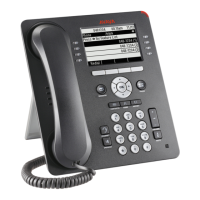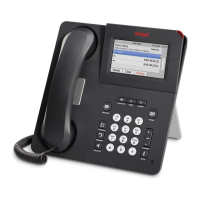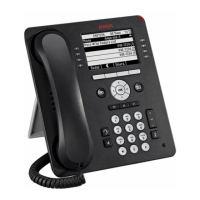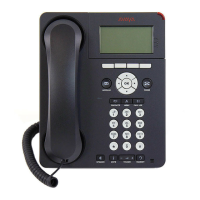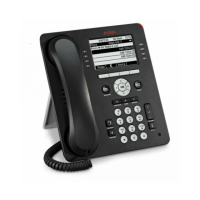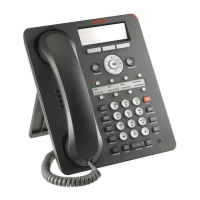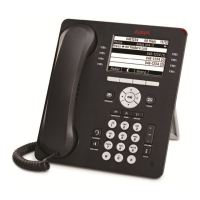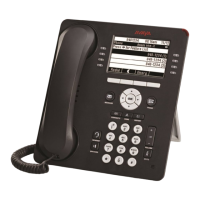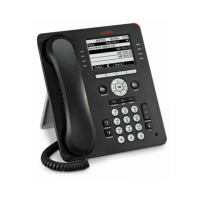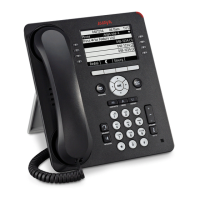The GROUP Parameter
Issue 1 August 2010 57
The GROUP Parameter
You might have different communities of end users, all of which have the same model
telephone, but which require different administered settings. For example, you might want to
restrict Call Center agents from being able to Logoff, which might be an essential capability for
“hot-desking” associates. We provide examples of the group settings for each of these
situations later in this section.
The simplest way to separate groups of users is to associate each of them with a number. Use
the GROUP parameter for this purpose. The GROUP system value cannot be set in the
46xxsettings file. The GROUP parameter can only be set on a telephone-by-telephone basis. To
do so, first identify which telephones are associated with which group, and designate a number
for each group. The number can be any integer from 0 to 999, with 0 as the default, meaning
your largest group would be assigned as Group 0.
Then, at each non-default telephone, instruct the installer or end-user to invoke the GROUP
Local Administrative (Craft) procedure as specified in Chapter 3:
Local Administrative (Craft)
Options and specify which GROUP number to use. Once the GROUP assignments are in place,
edit the configuration file to allow each telephone of the appropriate group to download its
proper settings.
Here is an illustration of a possible settings file for the example of a Call Center with hot-desking
associates at the same location:
IF $GROUP SEQ 1 goto CALLCENTER
IF $GROUP SEQ 2 goto HOTDESK
{specify settings unique to Group 0}
goto END
# CALLCENTER
{specify settings unique to Group 1}
goto END
# HOTDESK
{specify settings unique to Group 2}
# END
{specify settings common to all Groups}
